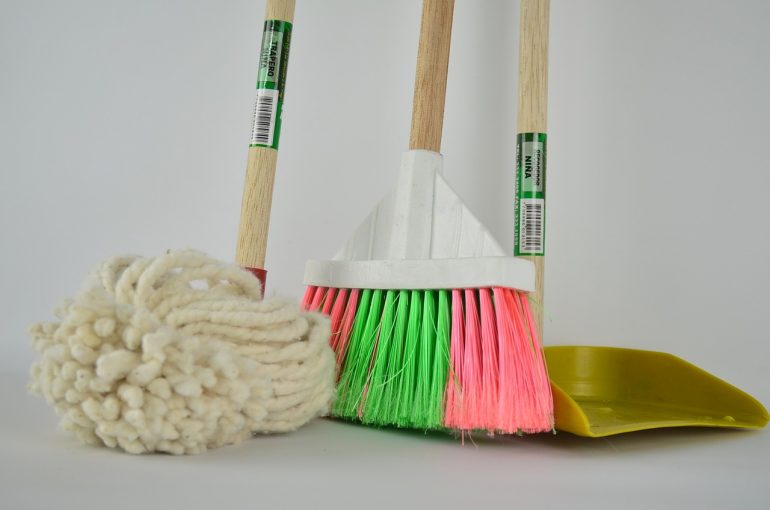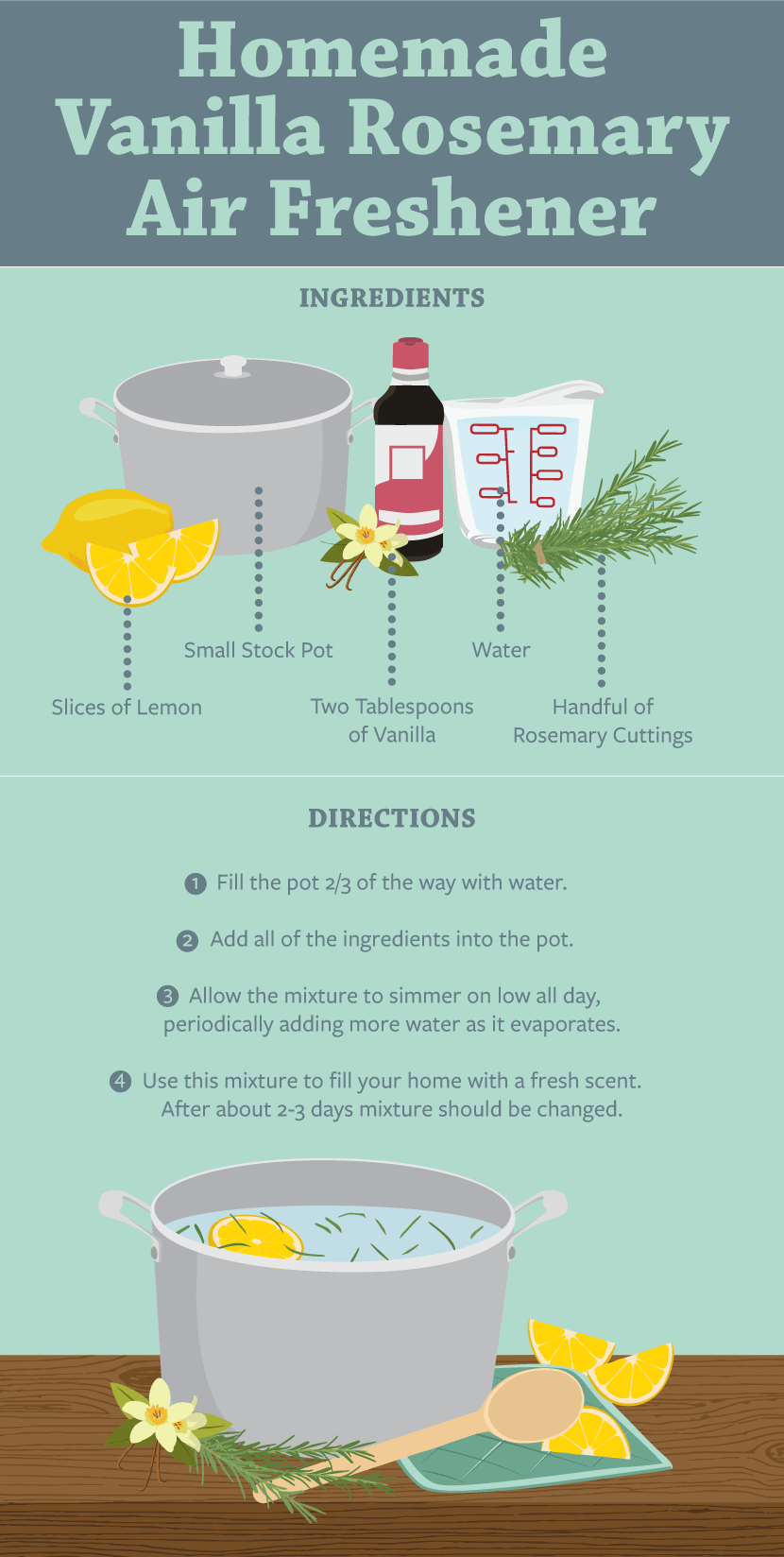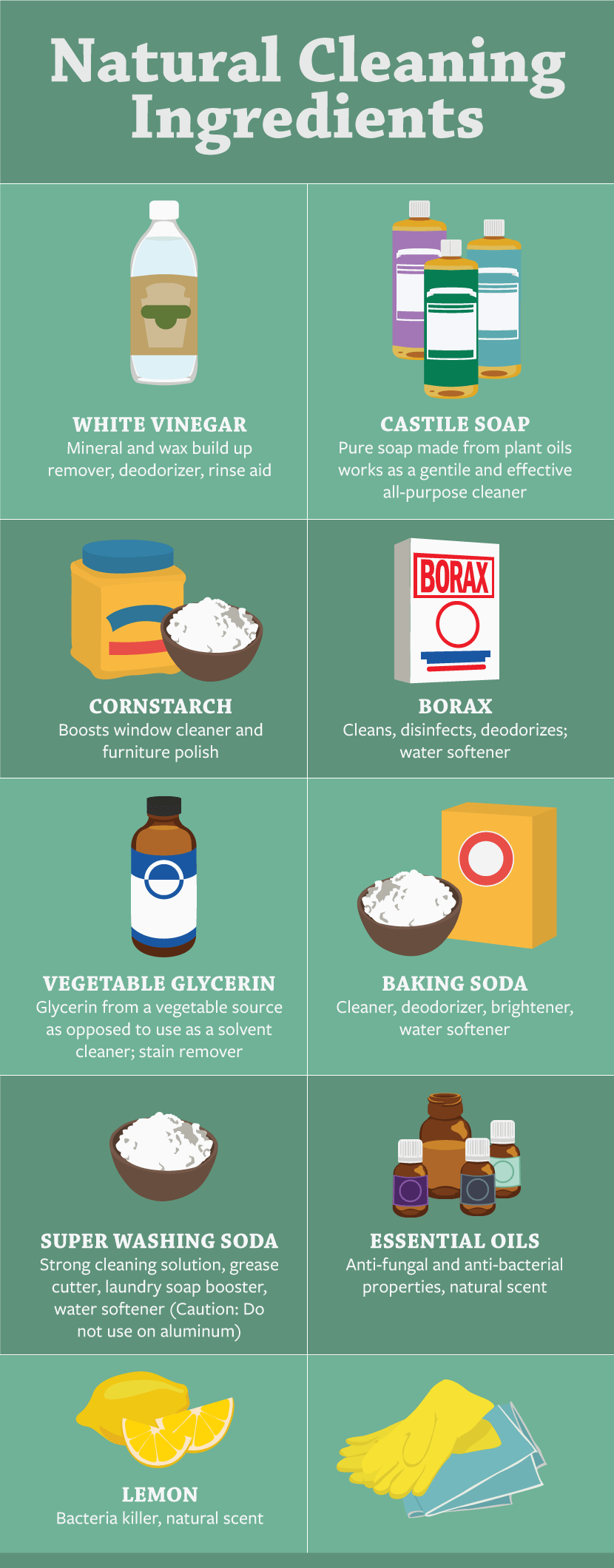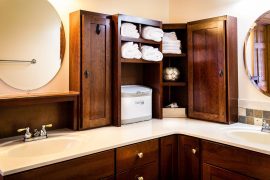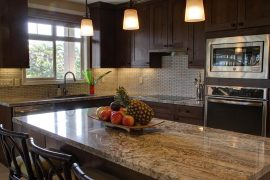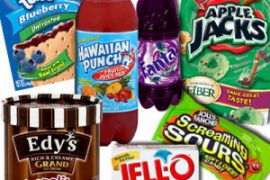You’ve decided to remove as many toxic chemicals as possible from your home, but where do you start? The most logical place to begin is with the household cleaners we use on a daily basis.
The majority of commercially available cleaning solutions contain chemicals that are known to contain carcinogens and neurotoxins. They also contribute to asthma by irritating the respiratory tract, and cause headaches, rashes, and other allergic reactions.
Dryer sheets, for example, are coated with a layer of chemicals that make laundry softer and eliminate static. Those chemicals are designed to adhere to the fabric for an extended period of time, which are slowly released onto our skin and into the air.
There’s also the fact that many of these chemicals are not biodegradable and become harmful to our ecosystem. And then there’s the price tag. If you’re on the fence about health or environmental issues, saving money is another pretty compelling reason to consider homemade cleaning products.
Switching from commercial cleaning products loaded with harmful chemicals to natural, homemade cleaners simply makes good sense for your health, your wallet, and the planet.
Before we get started, make sure you have some way of labeling your natural homemade cleaner containers right away – a Sharpie does just fine. As with any cleaning solution, be sure to keep them out of children’s reach.
1. DIY All-Purpose Household Cleaner
As you work with this cleaner, you’ll notice the vinegar aroma at first. Don’t worry, it’ll soon dissipate and you’ll be left with an essential oil scent.
*Caution: Vinegar-based cleaners are not recommended for use on specialty stone counters such as marble, granite, travertine, etc.
- 1 teaspoon of dish soap
- white vinegar
- 3 drops of the essential oil of your choice (Thieves, tea tree oil, etc.)
- 1 spray bottle (glass bottles or jars are best, but I usually end up with a plastic one)
Fill half of the spray bottle with the vinegar. Next, put the 3 drops of your essential oil into bottle. Put 1 teaspoon of dish soap into the spray bottle and fill the rest of the bottle with water. Shake vigorously. Start cleaning!
2. DIY All-Purpose Household Cleaner (without Vinegar)
You’ll want to experiment with your preference on the amount of castile soap, so start with 2 tablespoons.
- 2 cups water
- 2 tablespoons to ¼ cup liquid castile soap (e.g., Dr. Bronner’s)
- 10-15 drops essential oil of choice
- spray bottle
3. DIY Powdered Laundry Detergent (with Borax)
With any detergent recipe, you’ll have to experiment to find the exact amount of detergent that will work for your machine’s water pH and the size of your laundry loads. Start with 2 tablespoons of natural detergent per average laundry load.
- 1 cup Borax
- 1 ½ cup baking soda
- 1 ½ cup of plain washing soda
- ½ cup Epsom salt
- 10-15 drops lavender essential oil
- airtight container
Blend all of the above ingredients in a food processor until it becomes a fine powder. Store your laundry detergent in an airtight container.
*Caution: Borax can irritate skin and lungs. Wear rubber gloves and mask when working with it.
4. DIY Liquid Laundry Detergent (without Borax)
I’m adding a laundry detergent that doesn’t contain borax for those who would rather not use it. This recipe makes one gallon of borax-free laundry detergent, but feel free to adjust the recipe according to your container. Start with ? cup of detergent per average load.
- 1 gallon water
- 2 cups hot water (separate from the above water)
- ¼ cup liquid castile soap (e.g., Dr. Bronner’s)
- ¼ cup super washing soda
- ¼ cup baking soda
- 15-20 drops of essential oil of choice (I like lavender)
- large glass container
Mix the 2 cups of hot water, washing soda, and baking soda together in a bowl until the sodas are dissolved. Pour this mixture into the large glass container. Fill the gallon container with water almost to the top. You’ll want to leave a few inches of room at the top.
Pour the castile soap into the container and add the essential oil at this time if you desire. Mix gently. This detergent requires a little stir before every use to make sure the ingredients are evenly distributed, so keep a long stick or spoon by the detergent.
*Caution: Super washing soda is highly alkaline, so it may irritate skin. Wear rubber gloves when you’re working with it. Don’t use washing soda on aluminum.
5. DIY Liquid Fabric Softener
For average laundry loads, add ½ cup of natural softener to your washing machine’s rinse cup.
*Caution: Bleach and vinegar create toxic fumes when they are mixed together. For that reason, don’t ever use homemade recipes that contain vinegar in with a load of laundry that’s being bleached.
- 2 cups water
- 2 cups white vinegar
- 1/8 cup vegetable glycerin
- *15-20 drops of essential oil of your choice (optional)
- glass container
6. DIY Glass and Mirror Cleaner
Quick tip here: A microfiber cloth (as opposed to a cotton cloth) makes all the difference.
- 2 cups water
- ¼ cup rubbing alcohol
- ¼ cup white vinegar or apple cider vinegar
- 1 tablespoon cornstarch
- 10 drops of essential oil of choice (lavender, orange, lemon, etc.) (optional)
7. DIY Degreaser
- 2 cups very warm water
- 2 teaspoons castile soap (e.g., Dr. Bonner’s)
- 2 tablespoons baking soda
- 15-20 drops of lemon or orange essential oil
- spray bottle (glass is best, but use what you have)
Add all of the above ingredients to the bottle. Spray the degreaser onto the greasy surface and then wipe it off with a damp rag. Once the mess is gone, shine it up with a dry rag!
Looking for more cleaning recipes? Check out My Health Maven’s DIY section.
Reprinted with permission from our friends at Fix.com/blog
About the author:
 Chris McLaughlin is a Northern California writer and author who has been gardening for over 35 years in a wide variety of garden situations. Online, she’s currently the home agriculture editor for From Scratch Magazine and staff columnist for Vegetable Gardener.com.
Chris McLaughlin is a Northern California writer and author who has been gardening for over 35 years in a wide variety of garden situations. Online, she’s currently the home agriculture editor for From Scratch Magazine and staff columnist for Vegetable Gardener.com.

